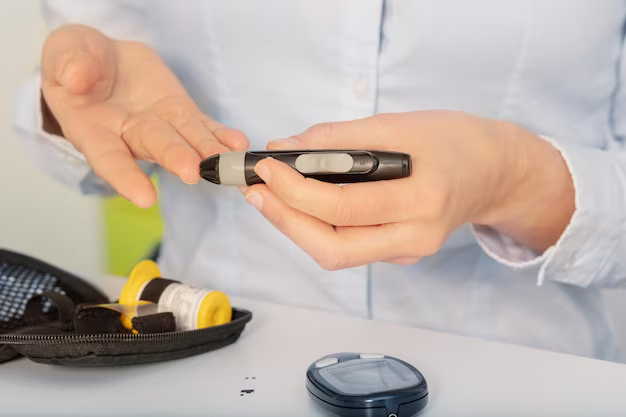Discovering Diabetic Glucose Levels: What You Need to Know
Facing the world of diabetes can be daunting, especially when you're unsure of the numbers that define this chronic condition. Understanding what glucose levels are considered diabetic is essential for effective management and proactively maintaining your health. Those diagnosed or at risk can greatly benefit from knowing these critical numbers and the resources available to help manage this condition financially.
Defining Diabetic Glucose Levels 🩸
To determine diabetes, medical professionals use several blood tests that measure glucose levels. Normal glucose levels typically range between 70 and 99 mg/dL when fasting. When glucose levels rise above these numbers, it's an indication to pay closer attention.
Prediabetes involves fasting blood sugar levels between 100 and 125 mg/dL. This stage is a critical window for intervention to prevent the progression to diabetes. Once fasting blood sugar levels reach 126 mg/dL or higher, a diagnosis of diabetes is considered. Additionally, a random blood sugar test showing levels of 200 mg/dL or higher also signals diabetes.
Financial Aid for Diabetes Management 💸
Living with diabetes can be expensive due to the cost of medications, equipment, and routine healthcare visits. Fortunately, several resources can alleviate these financial burdens:
Medicare and Medicaid: These government programs offer coverage for diabetes-related expenses for eligible individuals, providing much-needed financial relief.
State Pharmaceutical Assistance Programs (SPAPs): Many states offer assistance programs that help with prescription costs, making it easier to manage monthly expenses.
Patient Assistance Programs: Pharmaceutical companies often have programs to help provide medications at reduced costs for those who qualify.
Educational Resources for Better Management 🎓
Knowledge is power, particularly when managing a condition like diabetes. Educational resources are invaluable for learning how to control diabetes effectively:
Local Community Classes: Check with hospitals or community health centers for diabetes management classes. Many of these are offered at low or no cost.
Online Courses and Resources: Websites of reputable health organizations provide a wealth of information and tools for managing diabetes. Free courses can teach essential skills such as carb counting, meal planning, and exercise routines.
Debt Relief and Credit Solutions 💳
A diabetes diagnosis often impacts family budgets, leading to financial challenges. Here are some solutions if you're struggling with medical debt:
Negotiating Medical Bills: Don’t hesitate to speak directly with healthcare providers. Often, there's room to negotiate payment plans or settle for a reduced amount.
Credit Counseling Services: These organizations can assist in creating budgets tailored to the changing financial dynamics due to healthcare needs.
Medical Credit Cards: Designed specifically for covering medical expenses, these cards offer deferred-interest financing options for eligible healthcare purchases.
Battling diabetes is more than just managing glucose levels; it's a lifelong journey that involves emotional, physical, and financial navigation. Armed with the right information and support systems, you can turn this challenge into an opportunity for better health and stability.
Financial Support and Educational Opportunities 📚
- 🩺 Medicare/Medicaid: Government aid for healthcare expenses.
- 💊 Patient Assistance Programs: Reduced medication costs from pharmaceuticals.
- 🏥 Community Health Classes: Learn diabetes management skills for free or low cost.
- 🖥️ Online Learning: Access free resources from reputable organizations.
- 📉 Credit Counseling: Get help managing medical debt and expenses.
- 🏦 Medical Credit Cards: Finance medical expenses with favorable terms.
